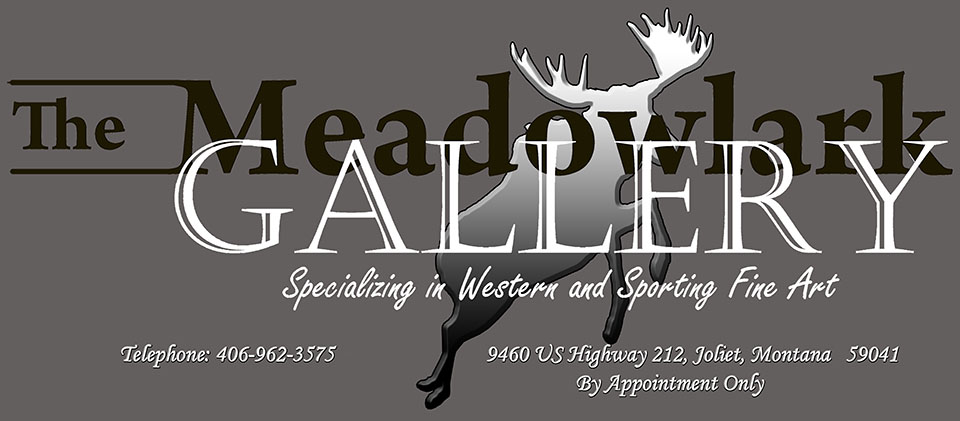|
|
||
|
George
Catlin (1796-1872) |
||
| George
Catlin was born in Wilkes Barre, Pennsylvania in 1796 and died in
Jersey City, New Jersey in 1872. Catlin's mother at the age of eight had
been captured by the Indians, so his early life was influenced by family
legend and frontier guests. He was educated at home, was outdoors oriented,
and collected Indian relics. In 1817, he began studying law in Litchfield,
Connecticut and at the same time teaching himself to paint portraits.
He practiced law in Luzerne, Pennsylvania until 1823, when he moved to
Philadelphia to devote himself to portrait painting, as a friend of Rembrandt
Peale, Thomas Sully, and John Neagle. His portraits up to 1829 included
New York and Washington politicians. His Constitution Convention painting
in 1829 contained one hundred fifteen figures. In 1824, Catlin had seen
a "delegation of dignified Indians from the wilds of the West, tinted
and tasseled off exactly for the painter's palette." This and his background
resolved him "to use my art and so much of the labor of my future life
as might be required in rescuing from oblivion the looks and customs of
the vanishing races of native man in America." He began in 1830 in St.
Louis as the first artist of real stature to paint the tribes on the lower
Missouri. In 1831, he traveled up the Platte River, and in 1832 headed
up the Missouri to Fort Union. From 1834 to 1836, he painted among the
Indians in the summers and in the winters he would return East to earn
funds for the coming summer. From 1829 to 1838, he painted his collection
of about six hundred Indian portraits and sketches of the Indian civilization
including exactly how they lived. The collection was offered for sale
to the Congress but was not accepted. It was exhibited in the United States
and in Europe between 1837 and 1852, was taken as security for a loan,
and eventually donated to the National Museum. After 1852, Catlin made
his "cartoon collection" of six hundred three paintings copying his earlier
paintings, working from sketches and from memory, and adding new paintings
of South American Indians. In 1861 Catlin wrote "The Breath of Life" in
which he advocated keeping one's mouth closed, particularly during sleep.
|
||
|
View high resolution images of works by George
Catlin when available. |
||
Have questions about these images? E-mail Meadowlark Gallery!!Home Page / Biography Library / Bronze / Collectibles / Etchings / Paintings / Pen and Ink / Graphite / Working Decoys Gallery Credentials / Firearms / Triangle Z Ranch Furniture / Customer Percs |
||
